Trip to the thermal baths of Papallacta
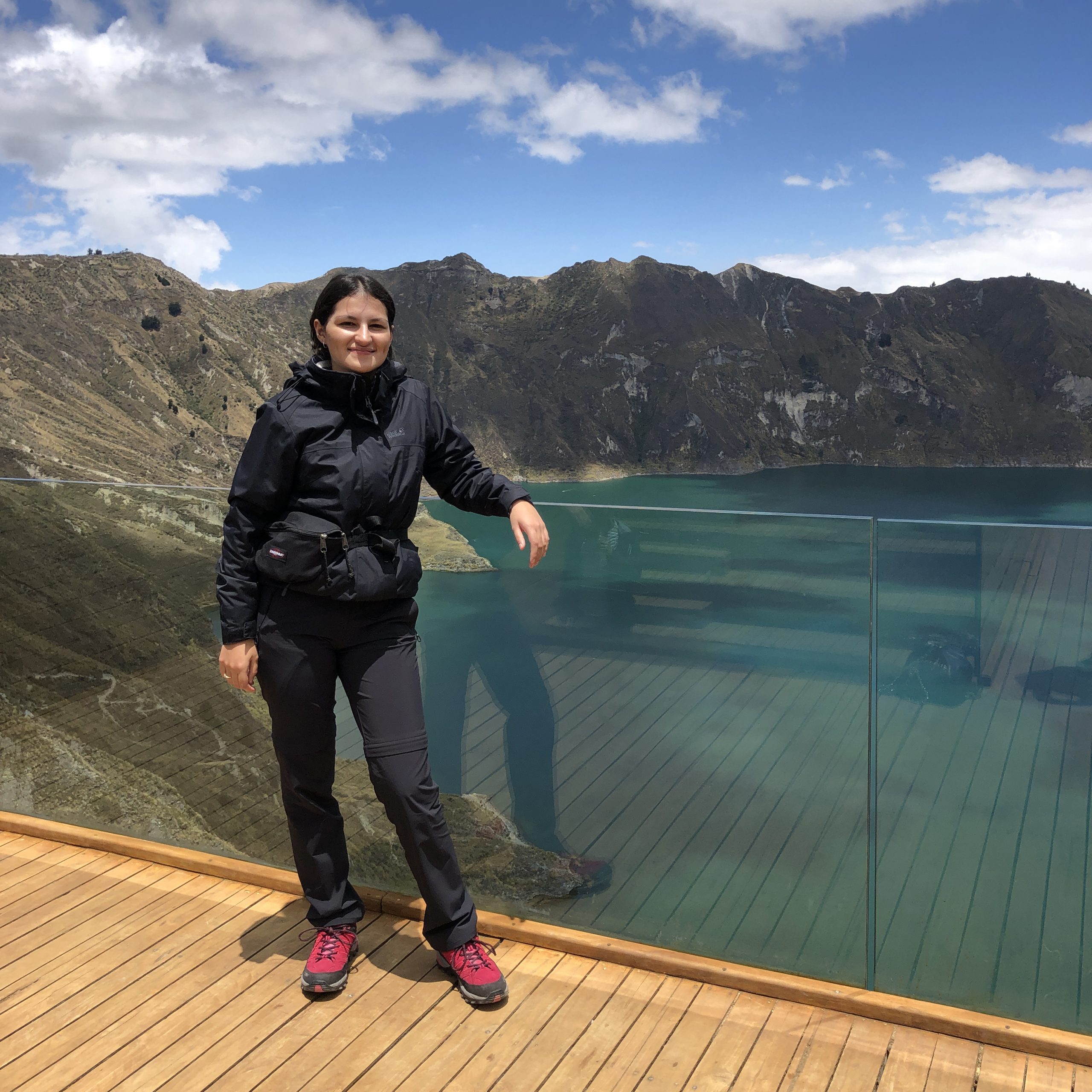
Emilia
We took the opportunity last weekend to go on a day trip to the thermal baths of Papallacta and to enjoy the wonderfully warm water of the baths and the nature. We left Quito by car at 8 o’clock in the morning and passed the Cayambe-Coca National Park to our destination: Termas de Papallacta.
Cayambe-Coca National Park
The Cayambe-Coca National Park is located directly beside the town of Papallacta. It was named after the volcano of the same name located north of Quito. It is the third largest volcano in Ecuador and the only snow-covered volcano in the world that lies on the equator. The reserve offers a diverse biodiversity and different climates. The park is also home to 100 endemic plant species, 200 mammal species, 900 bird species, 140 reptile species and 116 amphibian species. The main attraction of the national park is obviously the Cayambe volcano which gives the park its name, but also the many waterfalls. This landscape consists mostly of boggy areas with lakes and is excellent for hiking, fishing and bird watching.
Another special feature are the Andean bears that live in this area. The Andean bear, also known as the spectacled bear, is an endemic and endangered species. Since it can be found in the tropical Andes, with a bit of luck you can meet it on the way to Papallacta. The spectacled bear gets its name from the white rim around its eyes, which reminds one of a pair of spectacles. Due to the ongoing destruction, or deforestation, of its habitat, the spectacled bear is unfortunately classified as endangered by the IUCN.
The park entrance, which is on the way to Papallacta, is a starting point for several hiking routes through the impressive Paramo. However, you should not forget thick clothing, as the entrance is at an altitude of about 4,000m, which can make it very cold here.
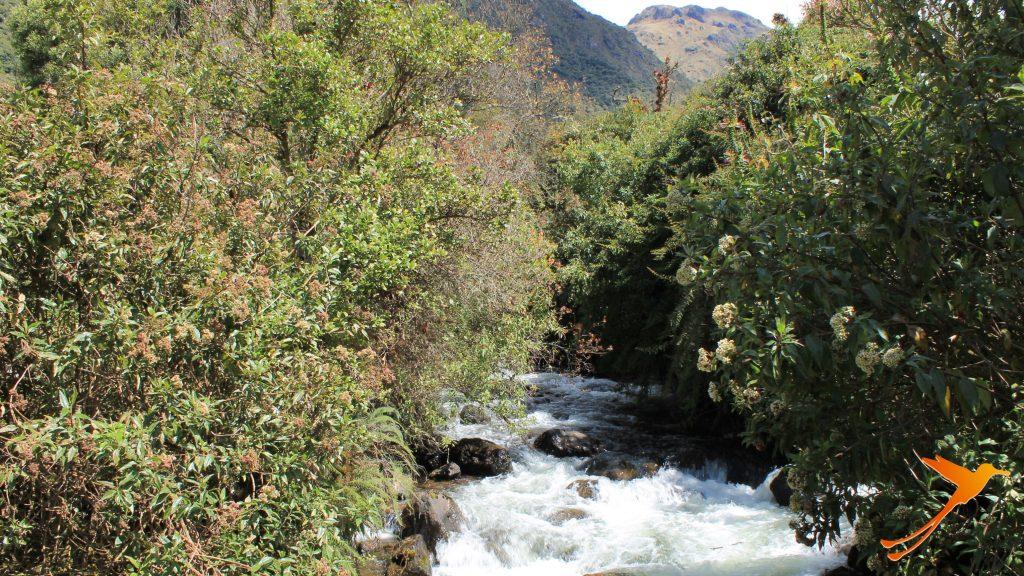
Arrival at Papallacta and thermal baths
Papallacta is a village situated at an altitude of 3,250m, and therefore surrounded by the beautiful Andean landscape. The route to Papallacta is also the best way to get to Ecuador’s rainforest. Despite its proximity to Quito, Papallacta is no longer in the province of Pichincha; the village already belongs to the province of Napo.
After just under an hour’s drive, we arrived in Papallacta on time for our reservation at 9 am. On the way to the resort, we passed some smaller and cheaper providers of thermal baths, but these are not comparable to the actual Termas de Papallacta. The spa resort is divided into different areas: The baths, the spa area, the hotel and the restaurant.
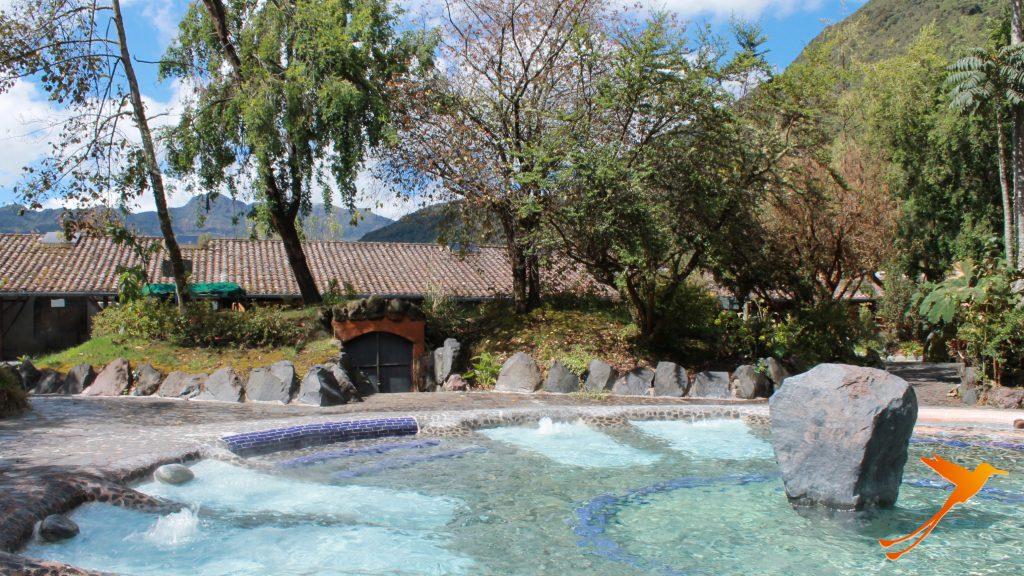
Bathing area
The entrance to the pool area costs USD 9. There are changing rooms, showers, toilets and lockers. You can take baskets with you to the pools for towels. There is also access to the restaurant and a small snack bar. There are many different pools with different water temperatures and sizes. Among them are, for example, three pools with cold water from the passing stream. The others have temperatures of about 36 degrees. It is believed that the healing properties of the bath water improve the function of the intestines, have anti-allergic, anti-inflammatory, diuretic and anti-rheumatic effects.
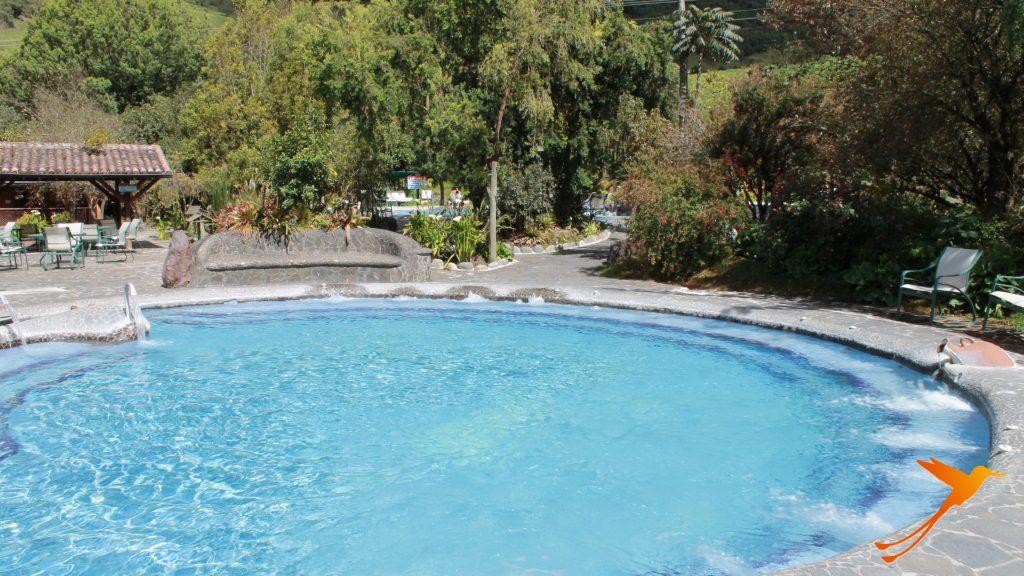
Spa area
The entrance fee for the spa area is significantly more expensive and costs USD 23. Here you are more likely to be on your own, as this area is less frequented due to the higher price. In addition to the beautiful and pleasant baths, you can also have a massage or enjoy other treatments, for example against back pain.
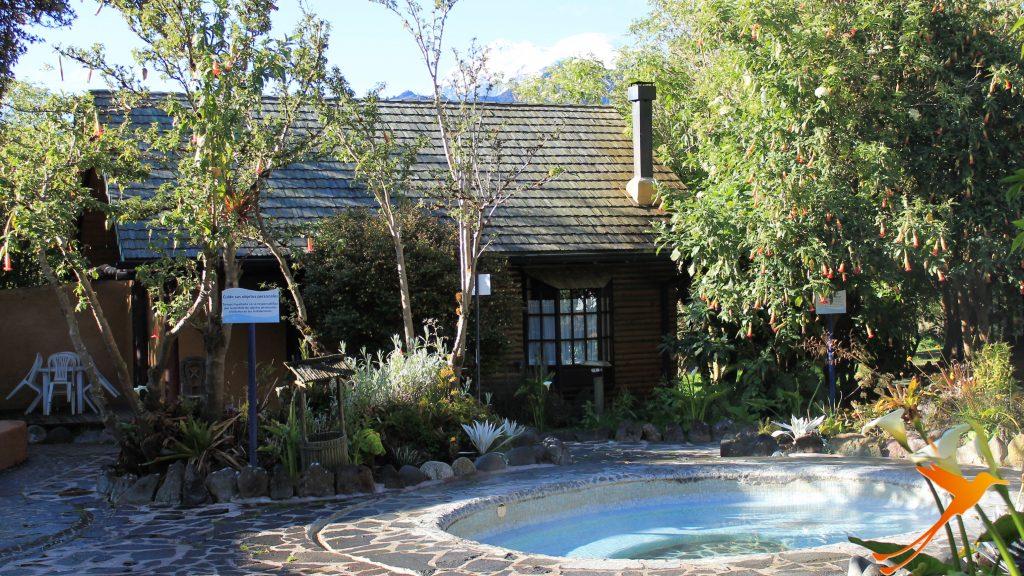
Hotel
The Hotel Termas de Papallacta has a capacity for 120 guests and the rooms in the small huts are cosy and rustic. The special feature: there are many more pools in front of the cabins, which can be used at any time of the day.
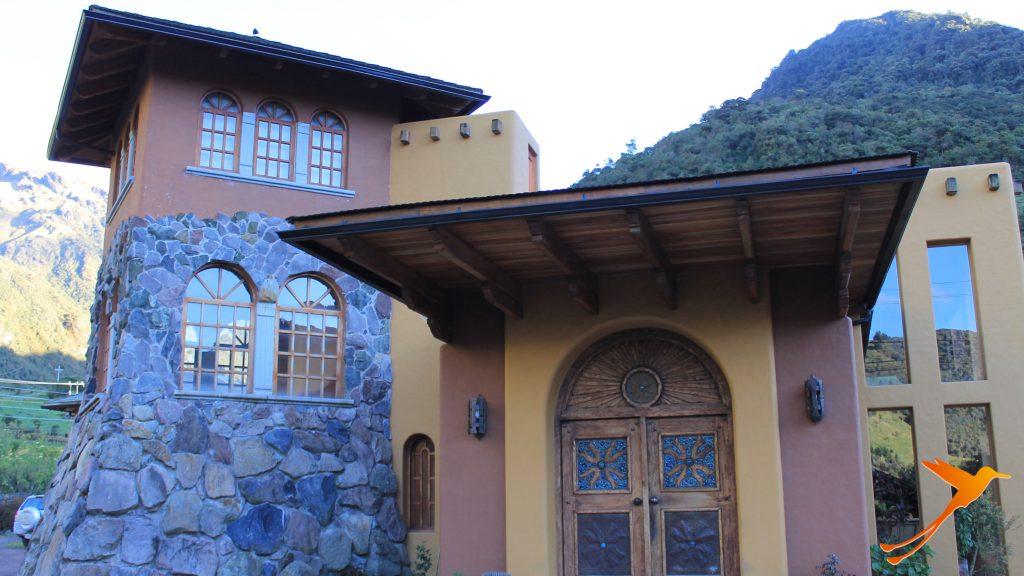
Hiking
In addition to relaxing in the bathing area or during the spa treatments, you can also explore nature on a 200-hectare protected area. This area is part of the resort and can be experienced on guided hikes. There are five different tours that cost between 4-10 USD and take you past waterfalls and lagoons. The landscape is characterised by cloud forests and the Loreto River with its waterfalls and rapids.
Loreto Papallacta Canyon
The area “Cañón Loreto Papallacta” has been a destination for wildlife research and conservation since 1998. Here you can see plants such as wild blackberries, taxos, willows, alamoja trees, and the polylepis or paper tree, which can grow up to 10 metres high. This area is home to Andean condors, many different species of hummingbirds and other rare bird species.
On this day, we chose to focus only on the water of the thermal baths and to take a bath there. The water mostly flows into the pools from small water jets. These jets of water are also used for massage. But be careful, the water that comes out of there is very hot!
Return to quito after a relaxing day
We stayed in the baths of Papallacta from 9 am to 11:30 am and tried out the different pools. However, we didn’t actually have the courage to go into the cold and very hot ones. Afterwards, we were very hungry, so we bought a snack at the snack bar. In the afternoon, we went back to Quito.
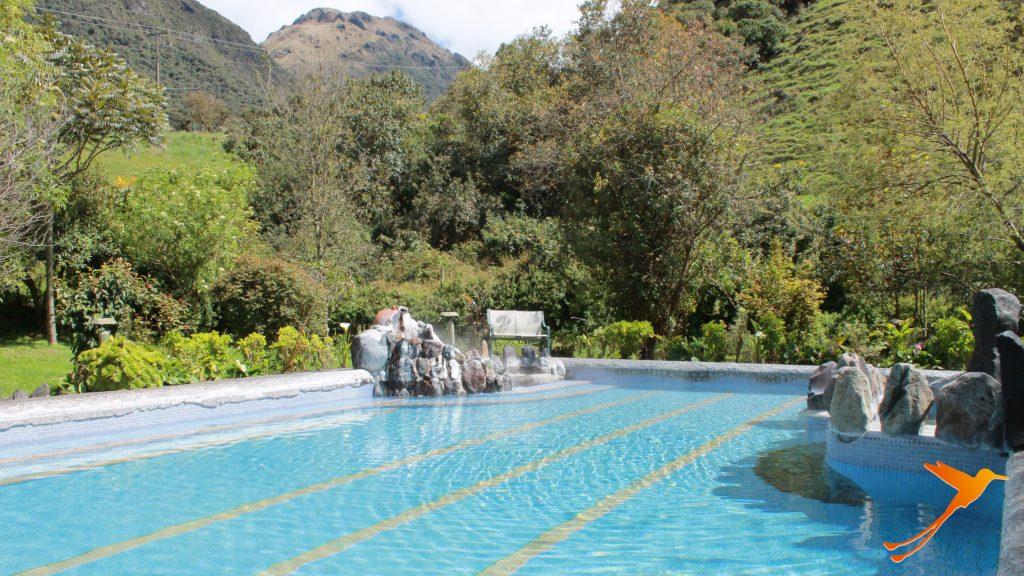
visit our other channels
Recent Posts
- From Manglaralto to Pacoche and surroundings April 18, 2024
- Excursions within the rainforest region of Ecuador April 5, 2024
- Ecuador in a state of emergency?! My personal experience March 22, 2024
- The 10 most beautiful lakes and lagoons in Ecuador – Part 2 March 12, 2024
- The 10 most beautiful lakes and lagoons in Ecuador – Part 1 February 23, 2024